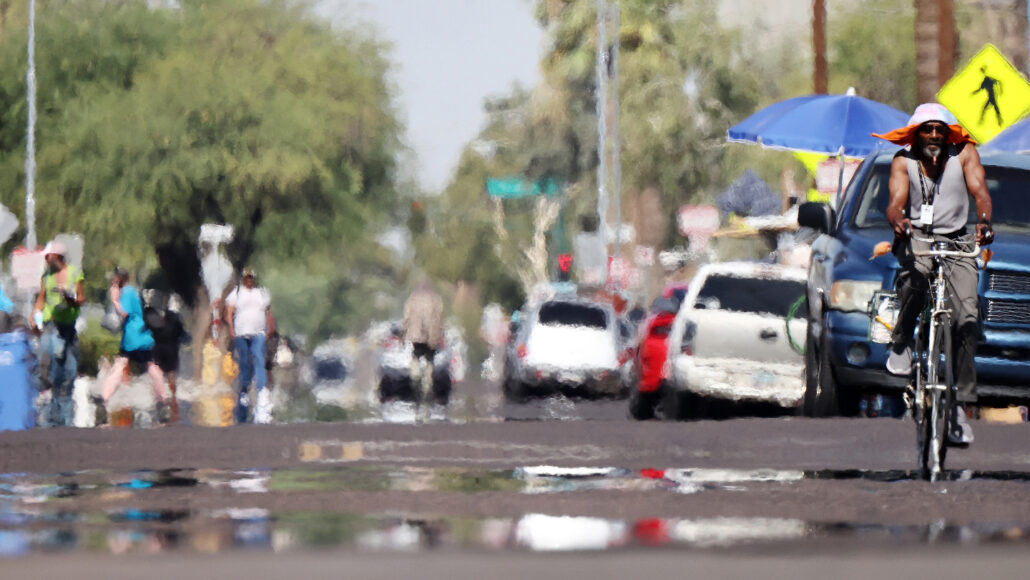Scientists warned about the 'neglected dangers' of heat islands half a century ago

Overlooked perils of thermal pollution — Science Announcements, October 20, 1973
Most individuals living in cities have felt the stifling heat of a summertime evening within the city, however the increased temperatures in the atmosphere over such “heat islands” can have more covert effects, which are often overlooked by urban planners. It's not unusual for urban-rural temperature differences to reach up to 18 degrees [Fahrenheit].
Modern cities in the U.S. experience significantly greater heat due to excess emissions from pavement and structures, causing urban temperatures to be half a degree to 4 degrees Celsius (1 to 7 degrees F) hotter on average than suburban areas. This heat island phenomenon is predicted to become progressively worse as a byproduct of global warming. This is particularly concerning as urban areas continue to expand, putting their increasing inhabitants at risk of heat-related grapples or fatalities, as per a 2019 report in Environmental Research Letters. In efforts to mitigate heat, some cities are transitioning to reflective roofs and surfaces that bounce back a considerable amount of sunlight and heat. Planting more trees assists in reducing the heat further: Trees not only provide shade but also release water vapor that cools down the air temperature, almost as though the city could perspire (SN: 4/14/18).
This article was made possible by reader contributions. Support high-quality science journalism by donating today.




